Introduction
As focal point feasts become progressively well known, so does the ecological effect of expendable compartments. Single utilized plastic and styrofoam compartments contribute fundamentally to worldwide contamination, requiring many years to disintegrate and frequently winding up in landfills or the sea. Fortunately there are numerous eco-accommodating options in contrast to conventional focal point compartments, giving an amazing chance to lessen waste and settle on additional practical decisions. Here are a few inventive, ecologically cognizant choices that can supplant expendable focal point containers.
1. Biodegradable Holders
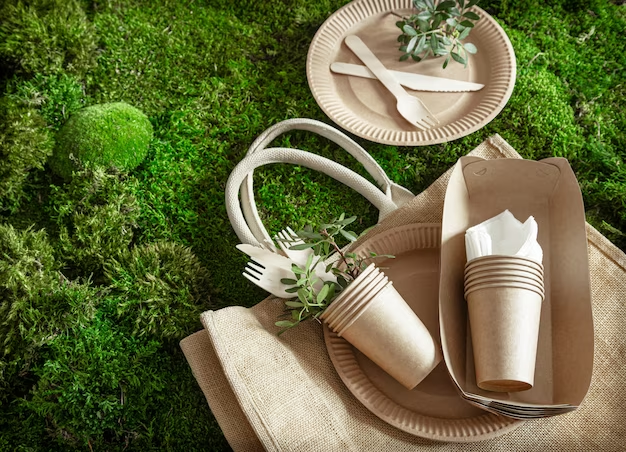
Biodegradable containers are a well known eco-accommodating option in contrast to plastic and styrofoam. These compartments are produced using regular materials like cornstarch, sugarcane bagasse, or bamboo strands. These materials separate normally over the long haul, abandoning no destructive buildups.
Sugarcane Bagasse: This result of sugar creation is solid and intensity safe, making it a phenomenal choice for hot focus point food varieties. It’s compostable, lessening its ecological impression.
Cornstarch: These compartments are compostable and frequently utilized for lighter important point dinners. They’re an extraordinary choice for cold food sources like plates of mixed greens or sweets.
2. Reusable Compartments
One of the best ways of decreasing waste is by advancing reusable focus point compartments. Numerous cafés and bistros are presently offering clients the choice to bring their own compartments, or giving reusable other options.
Treated Steel: Known for its strength, tempered steel holders are a great long haul answer for action items. They are lightweight, simple to clean, and impervious to consumption. Some food conveyance benefits significantly offer tempered steel choices for clients to over and again use.
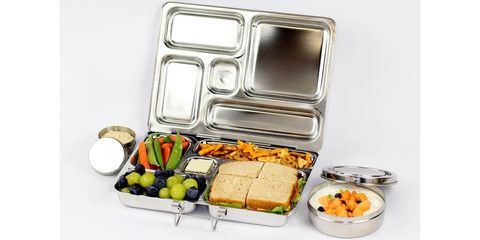
Glass: While heavier than plastic, glass compartments are non-poisonous, strong, and can be utilized endlessly. They’re an ideal decision for those searching for a more long-lasting answer for focal point food.
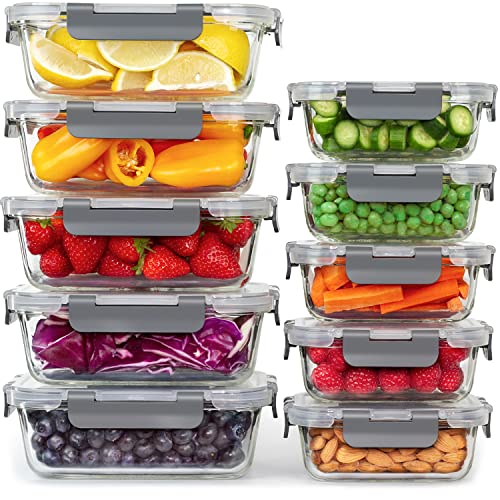
3. Compostable Holders
Compostable holders are produced using natural materials that decay rapidly in a fertilizing the soil climate, in contrast to plastics that endure for quite a long time. Materials, for example, wheat grain, palm leaves, and bamboo can be utilized to make these holders.
Palm Leaf Holders: Produced using fallen palm leaves, these compartments are solid and can be treated the soil after use. They are ideally suited for dry and oily food varieties and add a provincial, tasteful touch to focus point dinners.
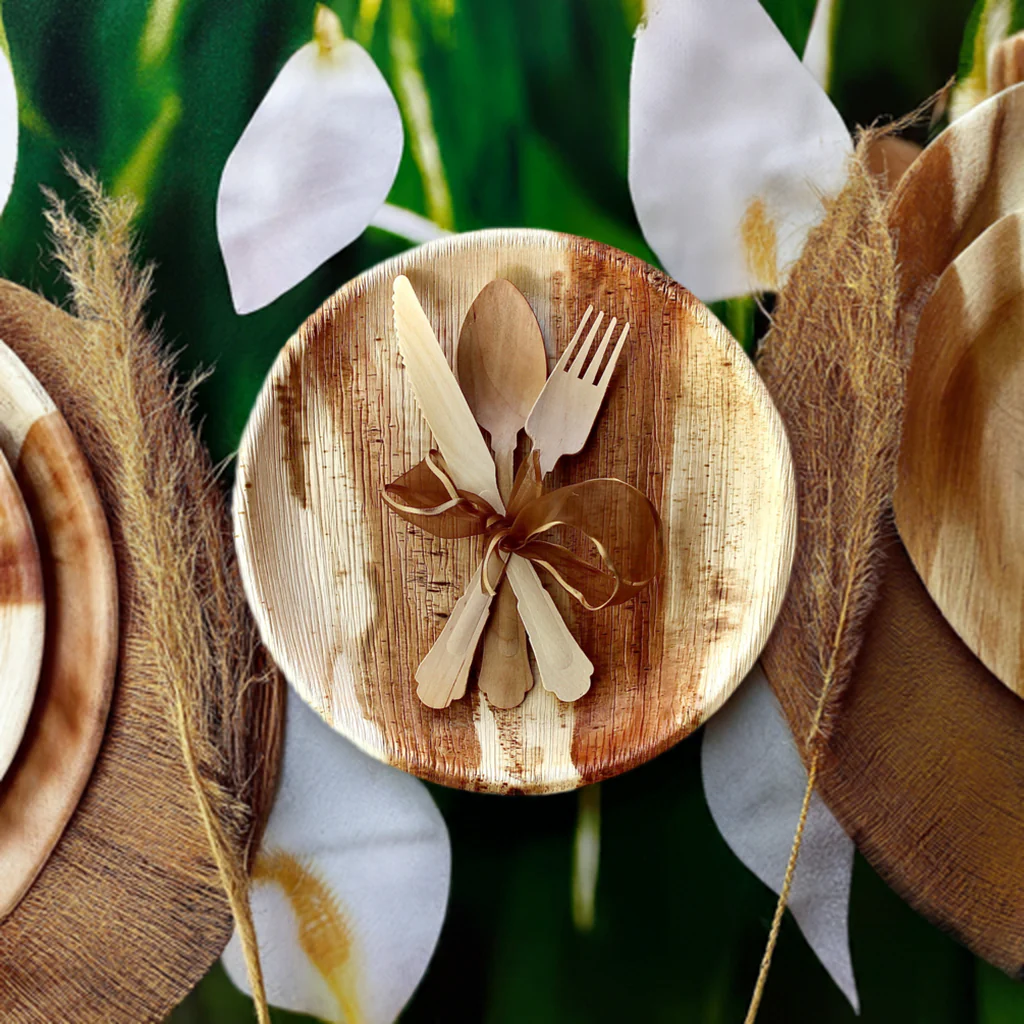
Wheat Grain Holders: These are made by squeezing wheat filaments into molds. They are compostable and biodegradable, offering an eco-accommodating choice that is likewise lightweight.
4. Eatable Holders
For the really eco-cognizant, consumable compartments are an imaginative and progressive choice to single-use plastics. These holders are produced using fixings like rice, kelp, or cornstarch and are intended to be eaten alongside the food.
Rice Paper: Rice paper is utilized in certain societies for wrapping food, and it can likewise act as a holder. When the food is devoured, the actual compartment can be eaten or disintegrates normally.
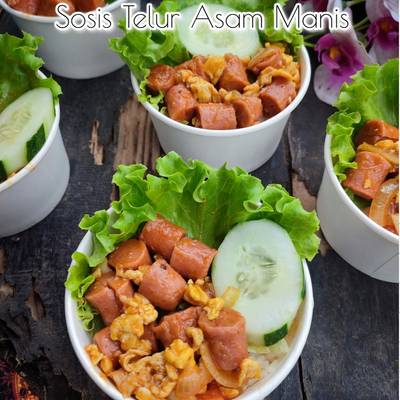
Ocean growth: Organizations have started investigating kelp as a material for making palatable, biodegradable compartments. Ocean growth isn’t just reasonable yet additionally nutritious and plentiful in minerals.
5. Plant-Based Plastics (PLA)
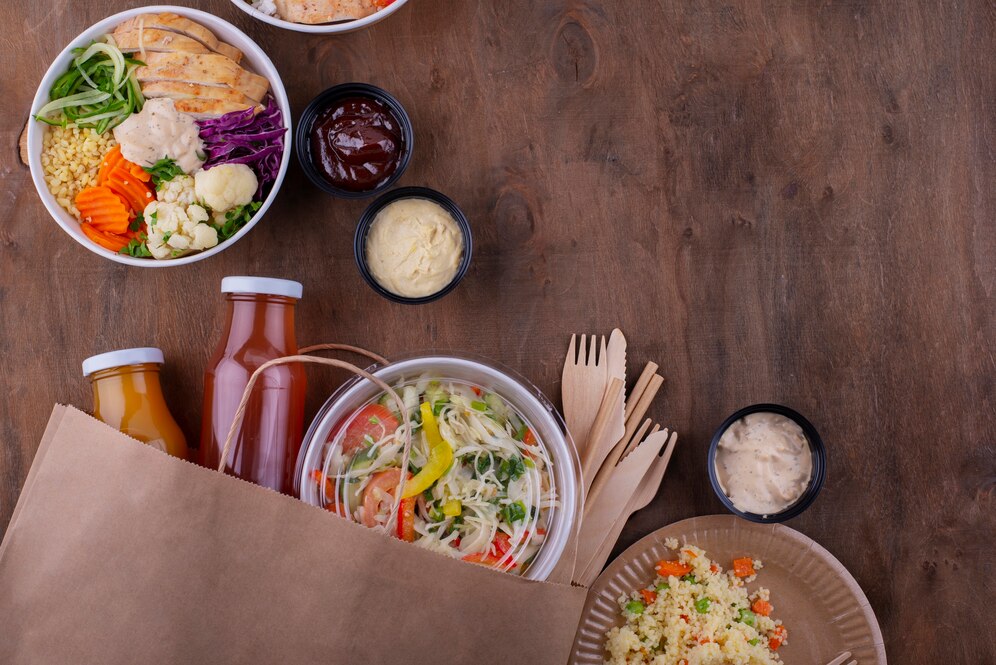
Plant-based plastics, or PLA (Polylactic Corrosive), are produced using sustainable assets, for example, corn starch, sugarcane, or custard. These materials offer an option in contrast to petroleum based plastics and are compostable under modern fertilizing the soil conditions. PLA holders can deal with hot and cold food sources and are in many cases utilized in self-service counters, food trucks, and focal point administrations. While they are a more reasonable choice than customary plastic, it’s critical to guarantee they are discarded in legitimate fertilizing the soil offices for the best ecological result.
6. Paper-Based Compartments
Customary paper holders produced using reused materials are one more reasonable option in contrast to plastic and styrofoam. These compartments can be treated the soil or reused, diminishing how much waste that winds up in landfills.
Reused Paperboard: Food containers produced using reused paperboard are tough, lightweight, and biodegradable. Numerous important point organizations are settling on these materials, particularly for bundling sandwiches, cakes, and heated products.
Wax-Covered Paper: For extra dampness opposition, some paper holders are covered with plant-based waxes (like soy or beeswax), which offer compostable properties without the utilization of manufactured coatings.
7. Bamboo and Palm Leaf Bowls
Bamboo and palm leaves are quickly developing, inexhaustible assets that give sturdy, practical options in contrast to plastic compartments. These dishes and plates are normally biodegradable and compostable, offering an eco-accommodating answer for important point dinners.
Bamboo: Bamboo bowls are solid, lightweight, and have regular antibacterial properties, making them ideal for holding both hot and cold food.
Palm Leaves: Palm leaves are accumulated, cleaned, and shaped into shape, making a tough, biodegradable holder ideal for focus point dinners.
Conclusion
As we keep on confronting the difficulties of plastic contamination and environmental change, it is pivotal to re-examine the manner in which we bundle and eat food. By changing to economical other options, we can fundamentally decrease the ecological impression of dispensable focus point holders. Whether it’s biodegradable choices, reusable holders, or inventive eatable bundling, there are a lot of options that offer a greener, more practical future for food bundling. As shoppers, we likewise play a part in driving this change by supporting organizations that focus on maintainability and going with additional cognizant decisions in our daily existence. The shift away from dispensable compartments won’t just help the climate yet in addition empower development in practical bundling and assist with building a roundabout economy.
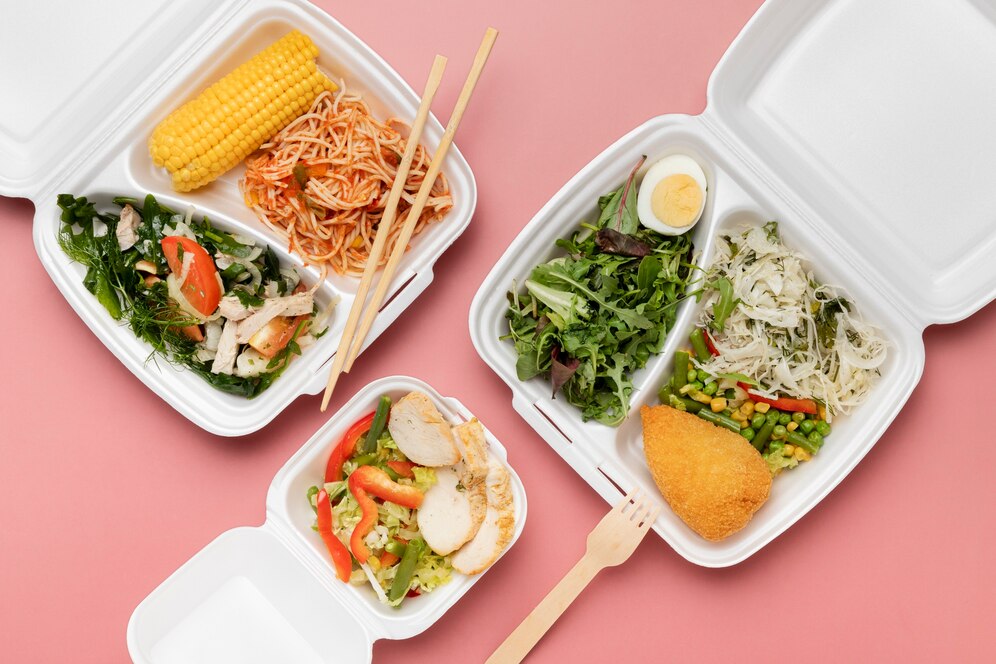
Leave a Reply